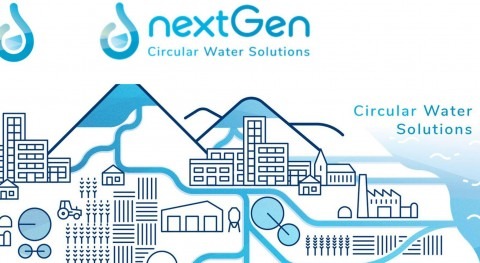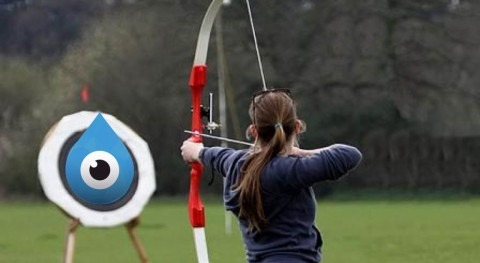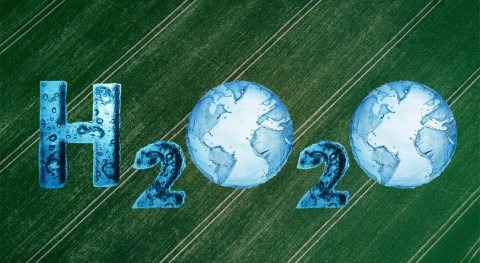This week the event (#EUWIC) EU Water Innovation Conference 2019: Accelerating action to tackle water pollution and enhance EU preparedness to water-related climate change impacts is celebrated in Zaragoza. This event will serve to inspire innovators in the sector with the most relevant success stories, and to present the main community strategies for water and climate change adaptation.
Related to this event, a person shared the main KPIs with me for an innovation project on water issues. The indicators that this project took into account were:
- Visitors to the project website.
- “Likes” on Facebook page.
- Followers on Twitter.
- Members on LinkedIn group.
- Number of viewers of audiovisual material on YouTube.
- Publications on mass media.
- Scientific publications.
- Events to be attended by Project partners.
- Newsletters produced.
- Number of subscribers to the newsletter.
- Number of contacts established in the NoI.
- Number of distributed printed material.
These KPIs confirmed to me the importance of social networks in the communication of these projects, and also that social networks are multichannel. In the case of followers on Twitter they had set a target of 300 followers. This round number has reminded me the movie, and this is why the image of the movie in the avatar of this post.
Seeing this number, I wanted to analyze how LIFE projects carried out in Spain were, I have consulted on the website different LIFE projects. The Life projects search engine is a large database of projects carried out from 1992 to 2019.
First I have selected the approved LIFE projects in 2018, and these have started in the second half of 2019. I have also selected some completed LIFE projects that have been carried out in Catalonia or with some relationship with irrigation such as (Arimeda or Irriman). As you can see many of these projects are directly related to water.



As can be seen from the tables, these LIFE projects are distributed over several years (3-4-5), have significant budgets, and the EU contributions are between 50 and 60% in most projects.


Conclusions and recommendations:
- There are a significant number of projects, especially in projects approved in 2018, which do not have a website or presence in social networks. I recommend starting the communication issues at the beginning of the project, and in no case leave it for the last months, when the final reports are being prepared.
- It is important to see the evolution of the different KPIs. In the current climate emergency scenario we spend the day talking about efficiency, but in many cases we do not analyze the efficiency of our communication.
- The people responsible for these projects must understand that this communication is necessary to publicize these projects. Being active in different social networks helps to increase the metrics of different social networks, improve website visits and have a greater impact on the media.
- The KPI of 300 followers on twitter is only reached by some projects.
- In this project a target of 300 followers on Twitter had been set. In some cases I have seen projects where most of the followers are the partner entities of the project, as well as some of their workers.
- Among all the LIFE projects analyzed, the one with the largest number of followers (1.016), the largest Kred influence (641) and the only one with a Kred reach of 6 is the LIFE MEDACC project, Adapting the Mediterranean to Climate Change. In this project I participated as a member of the monitoring committee.
- As I explained in Murcia, I like to separate on Twitter: presence, activity and influence. The activity can basically be measured by the number of tweets or people you follow. In this project the number of followers is used as influence KPI. In my opinion, the influence of the Kred index estimates the influence much better than the number of followers.
- The number of followers on Twitter is not proportional to the influence. To explain this I present a graph made with all the twitter accounts of people or entities, with more than 3,500 followers, active during the Forum # DATAGRI2019 also held in Zaragoza. The point indicated is my twitter account, which with 5,200 followers, has an influence similar to some entity account with 30,000 followers.

LIFE projects have important budgets financed with public funds, and therefore must communicate efficiently and transparently. For this reason I propose that as a Twitter KPI, the evolution of the Kred influence should also be taken into account. During the life of the project, the 500 Kred influence points should be reached, which corresponds approximately to accounts that have more than 300 followers.




